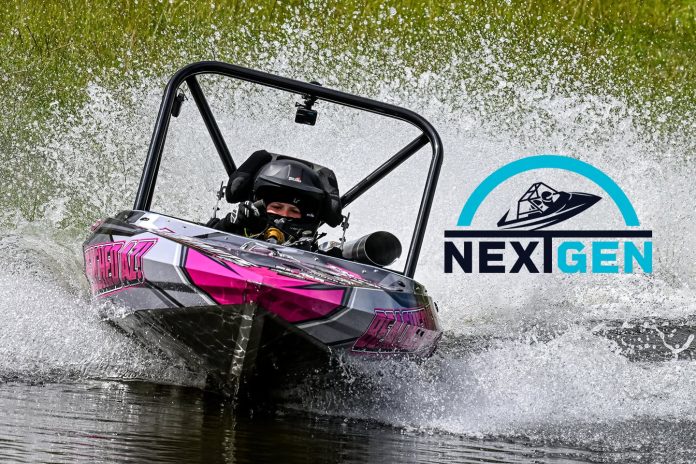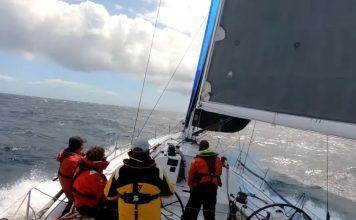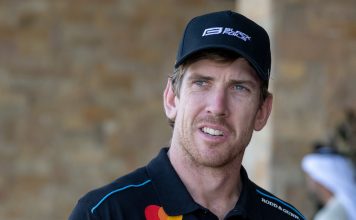A Kiwi-first initiative for young racers
Jetsprint racing has deep roots in New Zealand, and most people in the sport agree the next step is bringing young drivers in earlier. The New Zealand Jetsprint Association has moved to make that possible with the launch of the NextGen jetsprint class. It creates a clear, practical pathway for families who want to get their kids into the sport without facing the steep financial jump into full competition boats.
Jetsprinting has always been exciting, but for many young people the starting point has never been obvious. NextGen answers that problem by offering a tidy package built around safety, affordability and simple, consistent rules.
One class, one engine and an even playing field
At the heart of the NextGen jetsprint class is the decision to run a single engine package. Every boat must use a factory standard Seadoo GTR 230 power unit, complete with the original jet unit and wiring loom. No tuning and no upgrades. The idea is to remove the temptation to chase horsepower and instead let young drivers focus on learning the course.
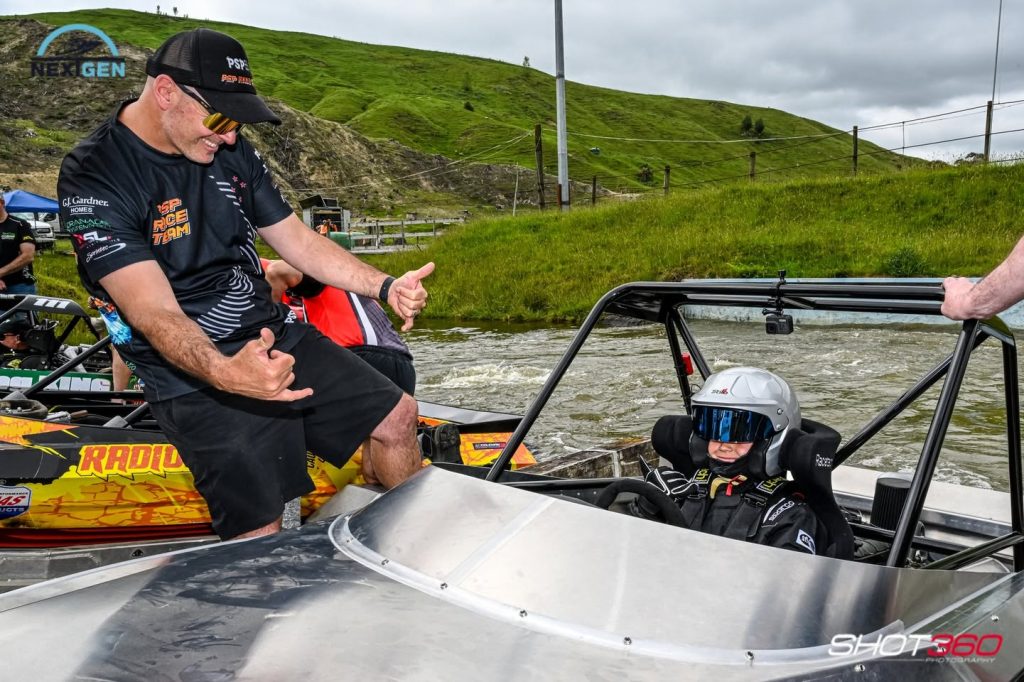
This approach keeps the class accessible. A second hand GTR 230 jet ski supplies everything needed, and families can build a competitive package without going near a high end workshop. It also means racing becomes a matter of reading lines, committing to corners and building confidence behind the wheel. For a youth class, that simplicity is a real strength.
The model echoes other junior motorsport categories where standard equipment produces tight, fair racing. Young drivers learn how machinery behaves, not how to compensate for wildly different setups.
Purpose built youth hulls with clear design rules
The hull rules are straightforward. Boats must be between 1250 and 1450 millimetres wide and 3000 to 3500 millimetres long. The hull shape must resemble a small version of a modern competition boat, and the driver sits in a single centre mounted seat.
These limits keep the hulls lively enough to teach good habits, yet stable enough for newcomers. Builders can work within the range to create balanced boats without pushing extremes. Because all engines behave the same way, coaching becomes easier. Drivers can feel improvements from one outing to the next without having to adjust to major changes in hardware.
This also keeps costs sensible. With the running gear coming from a donor ski, families know exactly what to expect from the engine and jet unit before the hull even touches the water.
Safety at the heart of the programme
Safety sits at the centre of the class rules. A responsible adult must be involved whenever the boat is being launched, recovered or operated. That support keeps things organised around the ramp and gives young drivers the confidence to focus on their own learning.
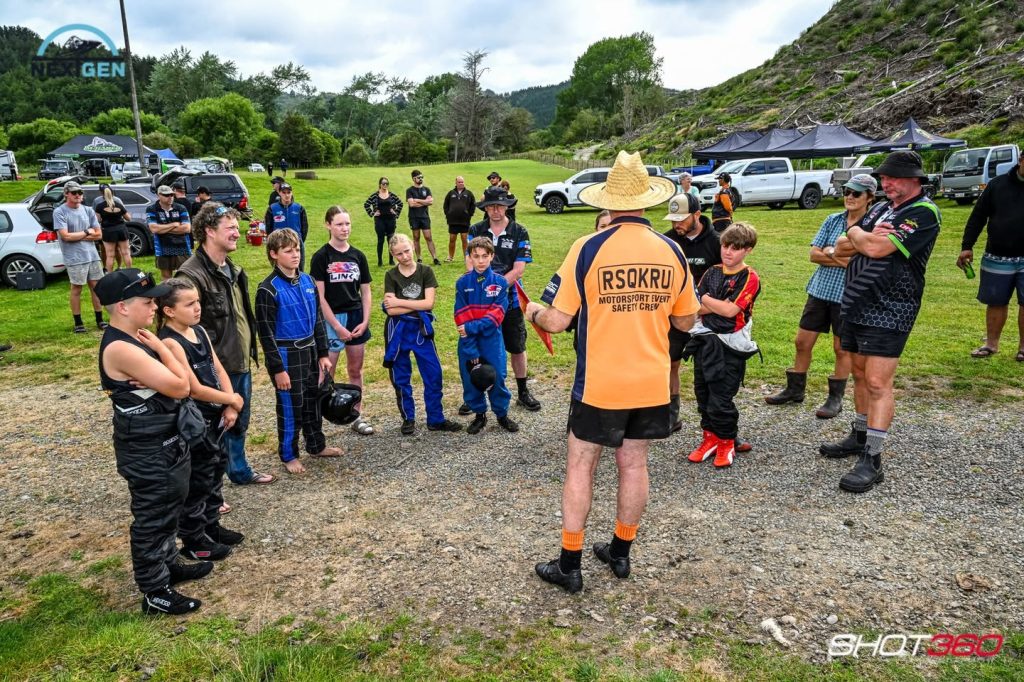
NextGen encourages methodical, steady development. Drivers build up their throttle control, develop a feel for balance in the hull and learn how to navigate a course without rushing the process. Those early lessons form a strong foundation for anyone who wants to progress into senior classes later on.
Jetsprinting demands precision and calm decision making, especially when speeds rise. The new class gives young drivers the space to grow those skills in a controlled setting.
Strengthening the future of Kiwi jetsprinting
The association sees the NextGen jetsprint class as an investment in the long term health of the sport. More young drivers means more teams, stronger club activity and deeper fields at major events. It also gives experienced racers a chance to mentor the next wave of talent.
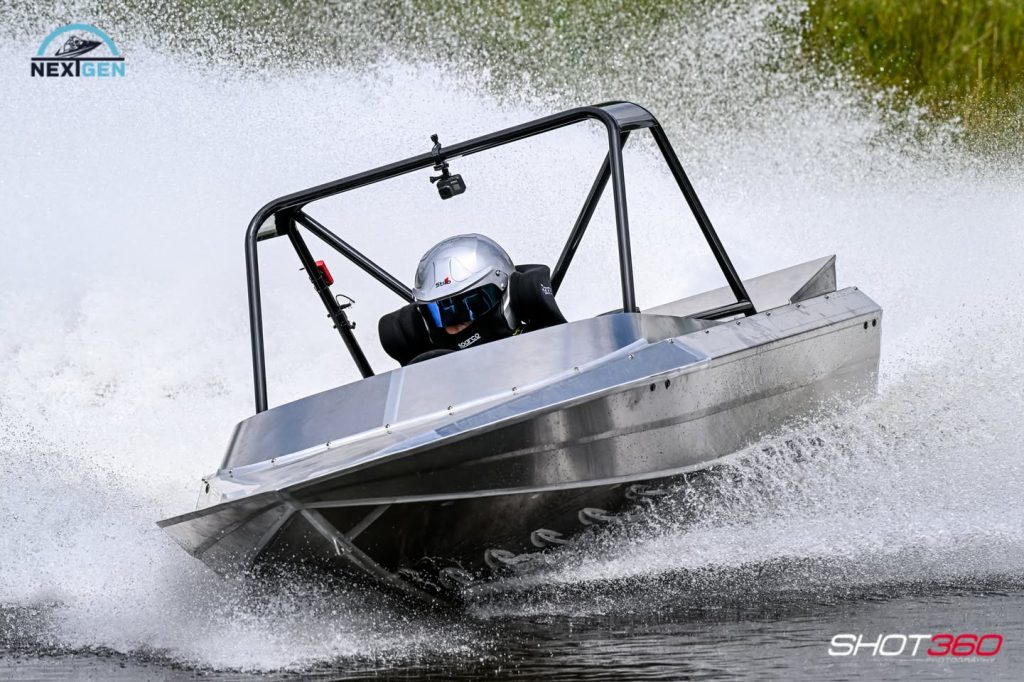
New Zealand has a history of producing world class jetsprint drivers, and many of them started by spending time at club tracks, learning the flow of a course. With a proper youth class in place, that pathway becomes clearer and more consistent. If it proves successful here, it may influence how youth development is handled overseas.
NextGen sets up young Kiwis with the skills and confidence they need to move through the ranks. It gives families a practical entry point and clubs a reason to keep growing their programmes. Most importantly, it brings fresh energy into a sport that thrives on attitude, quick thinking and the thrill of running a clean lap.








